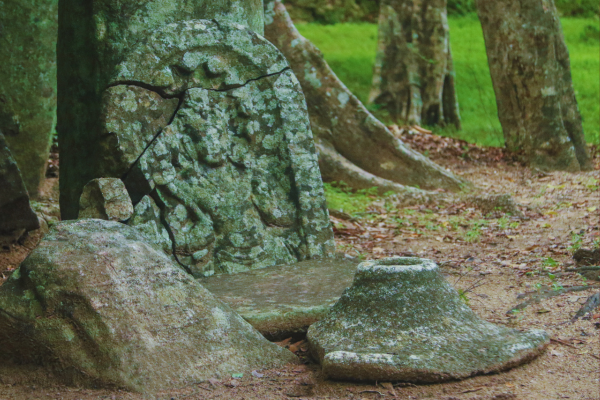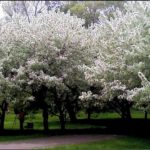Kaludiya Pokuna – The Ancient Black Water Pond of Dambulla – By Malsha – eLanka

Hidden in the cultural heartland of Sri Lanka, not far from the famous Dambulla Cave Temple, lies Kaludiya Pokuna—a tranquil and historic site that blends natural beauty with deep archaeological significance. The name Kaludiya Pokuna translates to “Black Water Pond”, inspired by the dark reflection of surrounding trees on the still waters of its central pond.
Historical Background
Kaludiya Pokuna dates back to the 8th–10th centuries AD, during the Anuradhapura period. It was built as part of a monastic complex where Buddhist monks once lived, meditated, and carried out scholarly work. Archaeologists believe that the site served as an important hermitage, providing monks with a serene environment away from bustling kingdoms.
The ruins found at Kaludiya Pokuna include:
-
Stone pillars and foundations of ancient buildings
-
Image houses with remnants of Buddha statues
-
Stone inscriptions in early Brahmi script
-
Meditation caves used by monks
-
The central pond (Pokuna), which was part of a sophisticated water management system
Archaeological site
Source : island.lk
Architectural & Archaeological Significance
Kaludiya Pokuna is a fine example of Sri Lanka’s ancient hydraulic engineering. The pond not only provided water for the monks but also enhanced the spiritual ambiance of the monastery. The scattered ruins reveal the architectural brilliance of the era, with finely carved stone structures and balanced layouts.
The site is also rich in inscriptions, which give insights into the patronage of kings and noble families who supported the monastery.
Natural Beauty & Wildlife
Surrounded by thick forests at the foot of Mihintale Hills and close to Dambulla Rock, Kaludiya Pokuna is today a peaceful archaeological reserve. Visitors often encounter troops of purple-faced langurs, macaques, exotic birds, and even wild deer. The forest cover gives the entire area a mystical feel, making it an ideal spot for those who love both history and nature.
Visitor Experience
Unlike more crowded cultural sites in Sri Lanka, Kaludiya Pokuna remains relatively untouched, offering a quiet and meditative atmosphere. Travelers can:
-
Walk among the ruins and imagine the life of monks from centuries ago
-
Observe wildlife in its natural setting
-
Sit by the pond and absorb the serenity that once inspired generations of Buddhist monks
It is best visited during the early morning or late afternoon when the sunlight enhances the natural surroundings and the forest is alive with birdsong.
Importance Today
Kaludiya Pokuna is not only a heritage treasure but also a reminder of Sri Lanka’s harmonious blend of religion, architecture, and ecology. As part of the island’s cultural triangle, it complements nearby UNESCO World Heritage Sites like Sigiriya and Dambulla, offering a deeper look into the spiritual life of ancient Sri Lanka.























